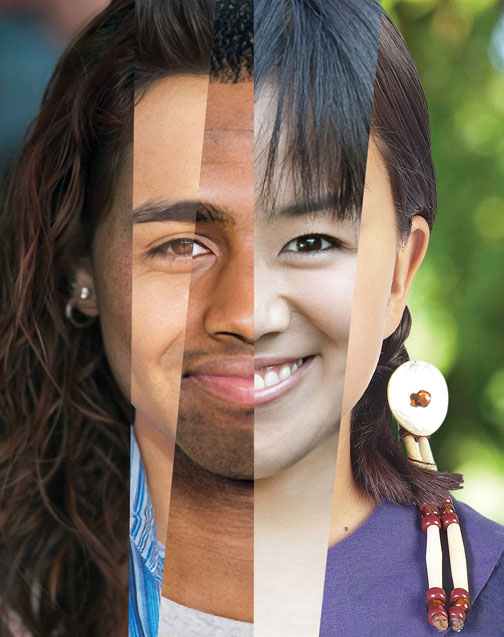In week 6 of ASA 115 "race traitors," we were asked
to look into the new frontiers in mixed-race studies. This topic is brought
about as mixed-race studies are a relatively new and underrepresented study and
current mixed-race studies professors are becoming known. To approach this
topic I read Molly Littlewood Mckibbin's article "The current state of
multi-racial discourse". In this article she describes how mixed-race
is currently studied in academia as well as how it is addressed in civil
discourse.
One main topic that she brings up in the article is how
mixed-race people must not fall into the fallacy of a colorblind world and
support social movements that ignore racial problems. She instead argues that
mixed-race people involve themselves in civil rights movements made up of any
of their ingrained races and fight for their rights first. From this, she theorizes
that mixed race people will gain their own social standing with support from
typically monoracial groups. Another topic that is brought up in the article is
that the fallacy of the “tragic mulatto” as well as other negative stereotypes
about mixed-race people are still present in mixed-race discourse. She argues
that modern scholars must fight against these stereotypes and try to show how any
individual mixed-race person must be different and not conform to any pre-conceived
notion of a negative standing coming from a confusion of identity.
Attached below I have attached a movie poster for the film “I
passed for white”, where the typical stereotype of a tragic mulatto was
portrayed in the form of a film. This film shows how mixed-race people were
portrayed in media as well as the supposed societal problems that came along
with a mixed-race heritage. In addition this film portrays a historical view as
it was made in the united states in 1960.































